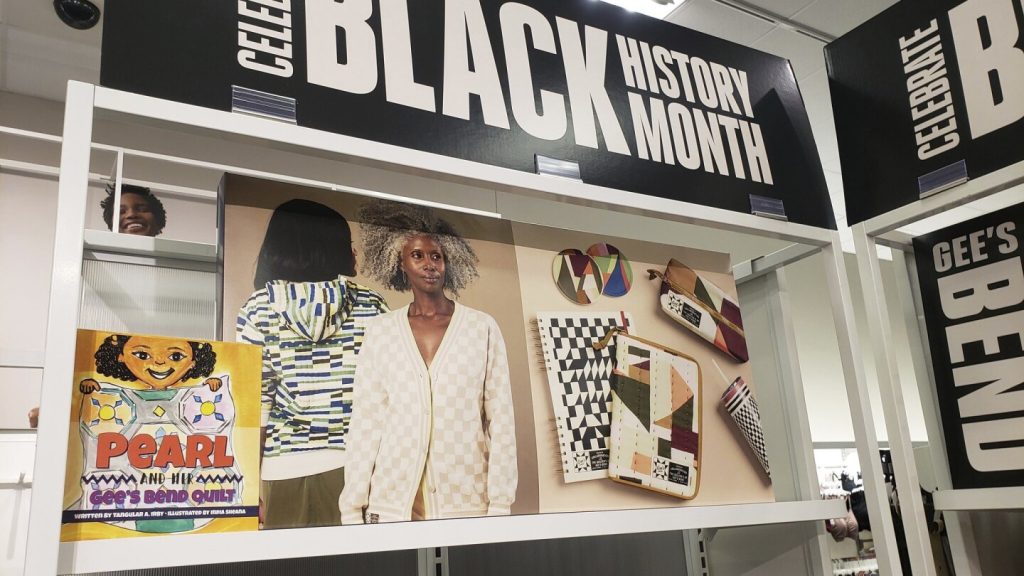The Gee’s Bend quilts, known for their vibrant colors and daring patterns, have gained popularity over the past two decades. Originating from rural Alabama and created by direct descendants of slaves, these quilts have now become the center of a modern debate on cultural appropriation and exploitation. Target recently launched a collection inspired by Gee’s Bend quilts for Black History Month, which sold out quickly in many stores, reflecting a resurgence of interest in handmade, conscious consumer products. However, the financial compensation for the quilters involved in the collection was not proportionate to Target’s sales, raising questions about equitable payment structures and representation.
The limited financial benefits received by the Gee’s Bend quilters from the Target collection highlight the disparity in pay structures compared to historical artist collectives like the Freedom Quilting Bee. While some members of the Gee’s Bend community have gained visibility and financial opportunities from collaborations with corporations, others have felt disinterested or taken advantage of. The commercialization of their art form has led to disharmony within the community, disrupting longstanding traditions and relationships. The disconnect between corporate interests and authentic cultural practices underscores the challenges of balancing tradition with commercial success in a globalized marketplace.
The commodification of Gee’s Bend quilts dates back to the 1990s when white collectors like Bill Arnett began to promote and sell the quilts for profit. The recent collaboration with Target has further transformed the original designs to cater to a mass audience, raising concerns about the appropriation of cultural heritage. Despite efforts by Target to collaborate with the quilters and honor their heritage, the limited engagement with the community members raises questions about authenticity and representation in the mainstream marketplace. The ongoing tension between preserving traditions and appealing to a broader audience highlights the complexities of cultural production in a capitalist society.
The Gee’s Bend quilters’ practice of repurposing fabric and creating unique designs reflects their commitment to resisting commodification and preserving their cultural heritage. While the Target collection was mass-produced using new fabrics in overseas factories, the original quilting tradition was rooted in material constraints and improvisation. The younger generations of quilters, returning to the practice for creative expression and therapeutic purposes, face challenges in balancing tradition with modern economic opportunities. The economic revitalization of the Gee’s Bend community remains a pressing issue, as job opportunities are limited and average incomes are far below the poverty rate.
The collaboration with Target has brought national recognition to the Gee’s Bend community, but economic gains have not necessarily followed. Despite efforts to support Black-owned businesses and promote the quilting tradition, the disconnect between corporate partnerships and authentic cultural practices persists. While visibility and recognition are important, the ultimate goal of economic revitalization for communities like Gee’s Bend requires sustainable and equitable partnerships. Finding a balance between preserving tradition and seeking economic opportunities remains a key challenge for marginalized communities facing the pressures of commercialization and globalization. Ultimately, the Gee’s Bend quilters’ journey highlights the ongoing struggle for representation, compensation, and cultural preservation in an ever-evolving marketplace.


